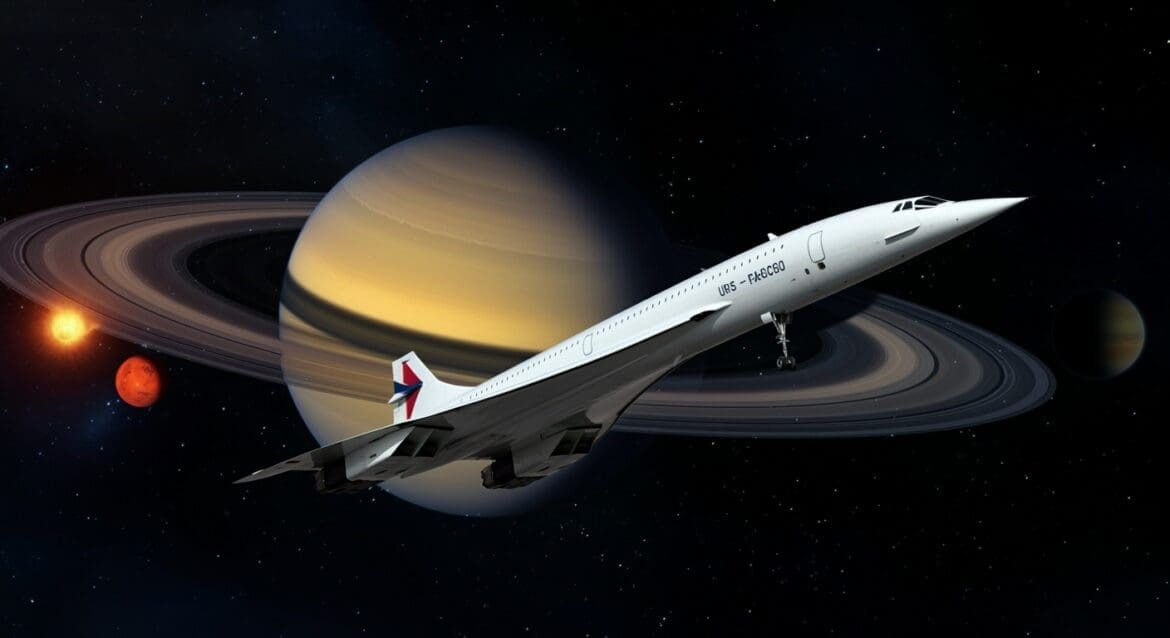“Earth is so last season,” quips Richard Chang, sipping espresso in his Singapore penthouse while reviewing specifications for his upcoming suborbital flight. As the third-generation leader of a prominent Asian family office, Chang represents a new breed of ultra-high-net-worth individuals who view space not just as the final frontier, but as the next logical step in experiential luxury. “My grandfather collected rare wines, my father collects vintage cars, and I’m collecting views of Earth from 50 miles up.”
The New Space Race: From Government Missions to Private Adventures
The democratization of space travel – if one can call multi-million-dollar tickets “democratic” – represents perhaps the most significant shift in luxury experiences since the advent of private aviation. “We’re witnessing the birth of a completely new category of luxury experiences,” observes Victoria Schneider, Director of Future Trends at Luxury Insights Global. “This isn’t just about transportation; it’s about redefining what’s possible in terms of human experience.”
The numbers tell a compelling story. Private space travel, once the exclusive domain of government agencies and their carefully selected astronauts, has evolved into a burgeoning industry projected to reach $1.7 trillion by 2030. While some might balk at the price tags – current suborbital flights command upwards of $450,000 per seat – for a certain segment of the ultra-wealthy, these costs represent not just an expense, but an investment in what many consider the ultimate bragging rights.
Beyond the Champagne in Space Moment
“Yes, seeing Earth from space is spectacular,” says former NASA astronaut Dr. Sarah Apostol, now a consultant for private space ventures, “but the real value lies in the perspective shift it creates.” This phenomenon, known as the Overview Effect, describes the profound cognitive shift reported by astronauts upon viewing Earth from space. “It’s not just about floating in zero gravity while sipping champaign from a specially designed space flute – though that is admittedly quite fun,” she adds with a knowing smile.
For family offices considering investment in this sector, the opportunities extend far beyond simply purchasing tickets. James Wilson, Managing Director at Frontier Capital Partners, explains: “We’re seeing sophisticated investors taking positions across the entire space tourism ecosystem, from launch vehicle manufacturers to luxury space hotel concepts. The market is maturing rapidly, and early movers are positioning themselves accordingly.”
The Infrastructure of Space Luxury
The development of space tourism infrastructure presents perhaps the most intriguing investment opportunity. Several companies are already developing orbital hotels, with the first expected to welcome guests by 2027. “Think of it as the ultimate boutique hotel experience,” says Alexandra Chen, Chief Investment Officer at Pacific Rim Family Office. “When your room costs $50 million per night, you expect more than just a good view – though the views are, quite literally, out of this world.”
The technical challenges of creating luxury experiences in space have spawned an entire industry of specialized suppliers. From zero-gravity furniture designers to space-rated champagne bottles, companies are racing to solve the unique problems of delivering five-star experiences in microgravity. “We recently invested in a startup developing space-specific luxury textiles,” shares Michael O’Connor, Director of Alternative Investments at European Heritage Capital. “It turns out that creating bedsheets that work in zero gravity is quite the engineering challenge.”
Training: The New Status Symbol
Unlike traditional luxury experiences, space travel requires significant preparation. Private astronaut training has emerged as a status symbol in its own right, with exclusive facilities catering to the ultra-wealthy. “Our clients view the training process as part of the adventure,” explains Dr. Rachel Patel, Director of Private Astronaut Training at Orbital Luxury Experience Group. “We’ve created programs that combine rigorous preparation with the kind of luxury experience our clients expect. Yes, you’ll experience a high-G centrifuge, but afterward, you’ll recover with a massage from a world-class therapist.”
The Rise of Space Photography
One unexpected trend in space tourism has been the emergence of space photography as a new frontier in luxury art collecting. “Our clients aren’t just going to space; they’re commissioning unique photographic works while they’re there,” says David Thompson, founder of Space Art Gallery in London. “When you’re paying $500,000 for a photograph, it helps if you can honestly say it was taken from orbit.”
Next-Generation Adventures: Beyond Earth Orbit
While suborbital flights and orbital hotels represent the current frontier of space tourism, forward-thinking investors are already looking further afield. Lunar tourism, while still several years away, has captured the imagination of the ultra-wealthy. “We’re seeing strong interest in lunar expedition projects,” notes Dr. James Lee, Space Investment Advisor at Future Frontiers Capital. “The idea of being among the first private citizens to walk on the Moon – that’s the kind of experience that transcends traditional concepts of luxury.”
Environmental Considerations and Sustainable Space Tourism
The environmental impact of space tourism hasn’t escaped notice. “We’re seeing increasing demand for ‘green’ space travel options,” says Dr. Victoria Chang, Sustainability Director at Space Tourism Solutions. “While that might sound like an oxymoron, significant advances in renewable rocket fuels and sustainable space infrastructure are making it possible to reduce the environmental footprint of these experiences.”
The Social Aspect: Space Clubs and Orbital Networks
The exclusivity of space travel has given rise to ultra-exclusive social networks and clubs. The “100 Kilometer Club,” referring to the official boundary of space, has become perhaps the most exclusive social group on (and off) Earth. “These aren’t just social connections; they’re powerful business networks,” explains Robert Martinez, Director of Private Client Services at Global Space Adventures. “When you’ve shared the experience of seeing Earth from space, it creates a unique bond.”
Investment Implications and Market Outlook
For family offices considering exposure to the space tourism sector, opportunities exist across multiple verticals. Sarah Anderson, Space Industry Analyst at Heritage Investment Partners, outlines several promising areas: “Beyond direct investment in spacecraft and infrastructure, we’re seeing opportunities in support services, training facilities, and specialized insurance products. The ecosystem is remarkably diverse.”
Risk Considerations and Due Diligence
While the potential returns are astronomical (pun intended), investors must navigate significant risks. “Space tourism combines rocket science with hospitality services – both complex fields in their own right,” notes Michael Chang, Risk Management Director at Pacific Investment Group. “Due diligence is crucial, particularly given the early stage of many projects.”
The Future of Luxury Space Experiences
Looking ahead, the sector shows no signs of slowing down. “We’re just scratching the surface of what’s possible,” says Dr. Thomas Brooks, Director of Future Technologies at Space Luxury Institute. “Private space stations, lunar bases, and eventually, Mars tourism – these aren’t just science fiction anymore. They’re business plans in development.”
Conclusion: A New Chapter in Luxury Experience
As Richard Chang prepares for his upcoming flight, he reflects on what drives him and others like him to venture into space: “At a certain point, you realize you’ve experienced most of what Earth has to offer in terms of luxury. Space represents something entirely new – not just a new destination, but a new perspective on everything we think we know.”
For family offices and ultra-high-net-worth individuals, space tourism represents more than just another luxury experience. It’s an opportunity to be part of writing the next chapter in human exploration while potentially generating significant returns. As Dr. Sarah Apostol puts it, with characteristic understatement: “Space tourism isn’t just about going up there for the view – though the view is, I must say, rather spectacular. It’s about being part of something bigger than ourselves. Although,” she adds with a wink, “the zero-gravity champagne is definitely a nice touch.”






